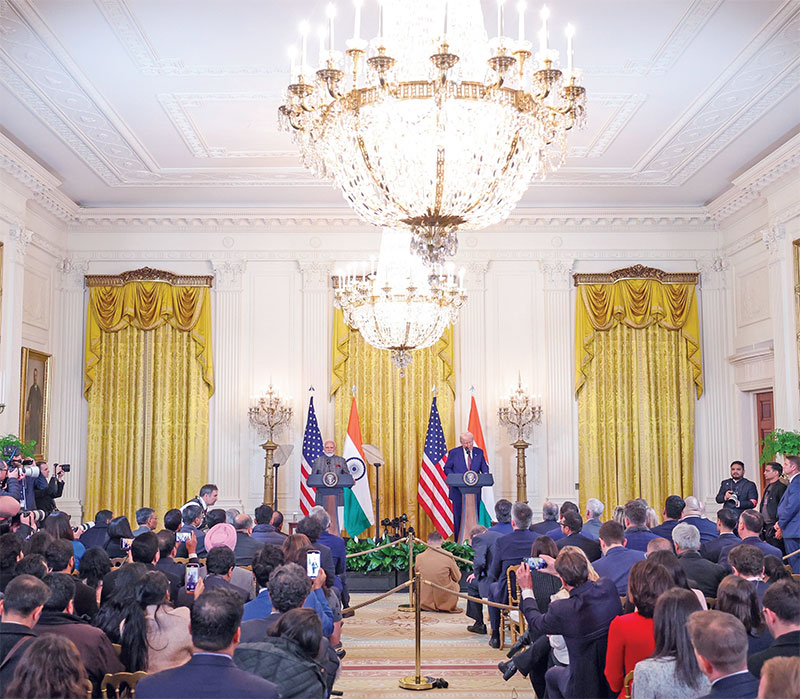MAGA MIGA is Not MEGA
Pravin Sawhney
There is merit in the saying that you lose more than your stature when you visit someone uninvited. In the case of nations, the loss is even greater. And India will realise this over the coming months after Prime Minister Narendra Modi rushed to call on the US President Donald Trump within weeks of his inauguration. Modi’s agenda during his February 12-13 visit was to personally reinforce what external affairs minister S. Jaishankar had already offered when he had gone to attend Trump’s inauguration on January 20. Modi’s Mission Trump included a platter full of limitless possibilities. In return, Trump gave nothing, except platitudes and instructions that India needs to give even more.

For all his haste, what Modi has returned with is the risk of making India irrelevant in BRICS. This will make India geopolitically irrelevant too since India has failed to understand Trump’s agenda of Make America Great Again (MAGA) in his second term which has reversed US foreign policy pursued vigorously since 2012.
Starting with Obama administration’s 2012 ‘pivot to Asia’ strategy until Trump’s present term in office, the US focused on security competition with China by strengthening regional security alliances and working with strategic partners like India. The Biden administration wanted to make NATO global by expanding its role from Europe to Asia against Russia and China which disagreed with US’ balance of power politics and the concept of zero-sum security based on military power. They instead sought a new world order based on indivisible security and development for all nations, especially emerging markets and developing nations collectively referred to as Global South constituting 80 per cent of the world’s population. This created two diametrically opposite global governance systems, one with Global North nations and led by the US, while the other with Global South nations supported by China and Russia.
India sat at the centre of the theatre—Indo Pacific for the US and Asia Pacific for China and Russia—spanning two Oceans (west Pacific and Indian Ocean) where global geopolitics was being played out by three great powers (the US, China and Russia) for stabilisation of the multipolar world. Given its location, India, for the first time since Independence, could take advantage of the global geopolitics because all three great powers needed it to accomplish their visions. A great power is a nation with ability to influence events anywhere in the world; and capability to defend its sovereignty by itself.
The US needed India to be its military bulwark against China in the Indian Ocean, while China and Russia sought India to strengthen BRICS to stabilise their global governance system which offered prosperity through connectivity.
While the US never spelt out the endgame of its vision, its technology war (based on ‘small yard high fence’ strategy) with China signalled its determination to not allow it to win the fourth industrial revolution. Since the first two industrial revol
Subscribe To Force
Fuel Fearless Journalism with Your Yearly Subscription
SUBSCRIBE NOW
We don’t tell you how to do your job…
But we put the environment in which you do your job in perspective, so that when you step out you do so with the complete picture.







